It is celebrated sixty days after Easter Sunday, being a moving feast, and symbolizes the cult of the Blessed Sacrament (Eucharist). It was instituted by Pope Urbano IV in 1264, originating in Liège (Belgium), related to the vision of a nun, whom Christ had appeared asking for a celebration of the Eucharist, and in Bolsena (Italy), where a little-believing priest saw a bleeding a host. Although determined by the “Bulla Transitarus of Hoc Mundo”, by the said Pope, and with the craft of São Tomás d´Aquino (1225-1274), it was only realized by Pope Clement V, at the General Council of Vienna, in 1311. The “Body of God” Has been celebrated in Portugal since D. Afonso III (reign: 1248-1279), with solemn mass, sermon and procession, privileging Eucharistic symbols.
It is traditional to decorate the churches and streets with carpets of flowers that involve the local communities. These traditions on the island of Madeira are secular, and which have always been associated with dances, singing, allegorical processions, representations and theaters alluding to legendary and historical events, even wearing masks, in addition to games and much fun, all condemned by the Church, for being not very decorous (decent) acts, although they took place outside the church, but often in the churchyard itself, which was still considered a sacred space, where we also ate and drank. In the 16th century, the Council of “Trento” tried to suppress the abuses and profanity of this festival, but it was up to each diocese, through its Synodal Constitutions, to organize and guide the celebrations. In Madeira, it was only in 1724 that dances and games, and even some figures of saints, were expressly prohibited.
Refer to the “Moorish dance”, which they say (?) Introduced in Madeira by the 2nd. captain of the Funchal grantee, who allowed his slaves and prisoners the freedom of their native dances, although it is a tradition from medieval times and it could be able to witness customs of the Islamic communities and fights between Moors and Christians, as documented since the 15th century. Another example is the bulls runnings that took place in 1492, between the demolished Chapel of São Sebastião, just behind the Cathedral of Funchal, in a closed field, with animals imported from the North of Portugal, the Canaries and Africa. In these bullfights low sentence prisoners participated, who could see their sentences reduced according to the quality of their performance during the show. In addition, in these bullfights there were wounded and dead prisioners, due to the violence of the sharp horns of the bulls, leading the Câmara de Funchal to determine that the horns of the animals should be cut, but it did not please the population because the spectacle “faded”!
The procession of the “CORPO DE DEUS” was religious and real, and its organization was the responsibility of the monarch, but in Madeira Island the responsibility was delegated to the senate of the Funchal’s City Hall, which now has full jurisdiction and government, with the participation of the clergy. The procession of the “CORPUS CHRISTI”, over the centuries, was involved in quarrels between the senate, bishops, clergy and men of governance (governors, councilors, alotacés, mayors, bailiffs, etc.), who each claimed a prominent place in it, according to its religious, social, political and economic hierarchy, knowing that in 1483 Funchal followed the same guidelines as Lisbon.
Until 1502 the procession of the “CORPO DE DEUS” only took place in the village of Funchal, and was then authorized to other Madeiran villages as long as it was held on the following Sunday in order to avoid competition for the Funchal ceremonies. The procession went through some streets of Funchal, which were obligatorily cleaned, leaving the Cathedral, passing through “Igrejinha”, Rua das Pretas, Rua dos Netos, around the College and returning to the Cathedral, with the active and mandatory participation of mechanical officers (such as crossbowmen, butchers, potters, carpenters, masons, fishermen, cooperators, barbers, goldsmiths, sugar masters, etc., and also merchants), who carried the instruments of their professions, their insignia and torches, as determined by the Senate of the City Hall, under penalty of fine for non-compliance, whose position in the procession was determined since 1508, by royal letter, taking advantage of the nobles to show off their rich costumes and jewelry. In 1696, for example, cobblers took the dragon (“drago”); tailors the serpent (“serpe”); the millers the “big angel”; the gardeners the cars with the news of the land; the cowboys and taverns with the sword dance, a kind of “warrior dance”; fishermen, ushers and gauges (balls or dancing on the shoulders of another); the muleteers with the “fresh horses”; bakers, carters and washerwomen with the dance of the “machachins”, that is, mimic movements (body movements); craftsmen with their cars; potters with the dance of the spouses; caulking with the dance they wanted; barbers with the scale of Sagittarius and the stick of São Jorge. Even girls danced on boys' shoulders... Imaginaries, painters, caulkers and rope makers were exempt from dances, showing the superiority of their professional class. Then traditional songs followed with harmonicas, tambourines, guitars and tambourines, etc. It was a procession of great liturgical apparatus, but also of profane feast, with the image traditionally accompanying the procession of “São Jorge”, patron of Portugal by D. João I, on horseback, dressed as an ancient warrior, with a silk cloak and golden polearm, guarding the “Casa dos Vinte e Quatro” (socio-professional corporation of mechanical officers; deliberative body in the City Hall), watched over, every year, by one of the teachers (offices). The image of São Jorge stopped incorporating the procession of the “Body of God” from 1857.
Text: Rita Rodrigues.
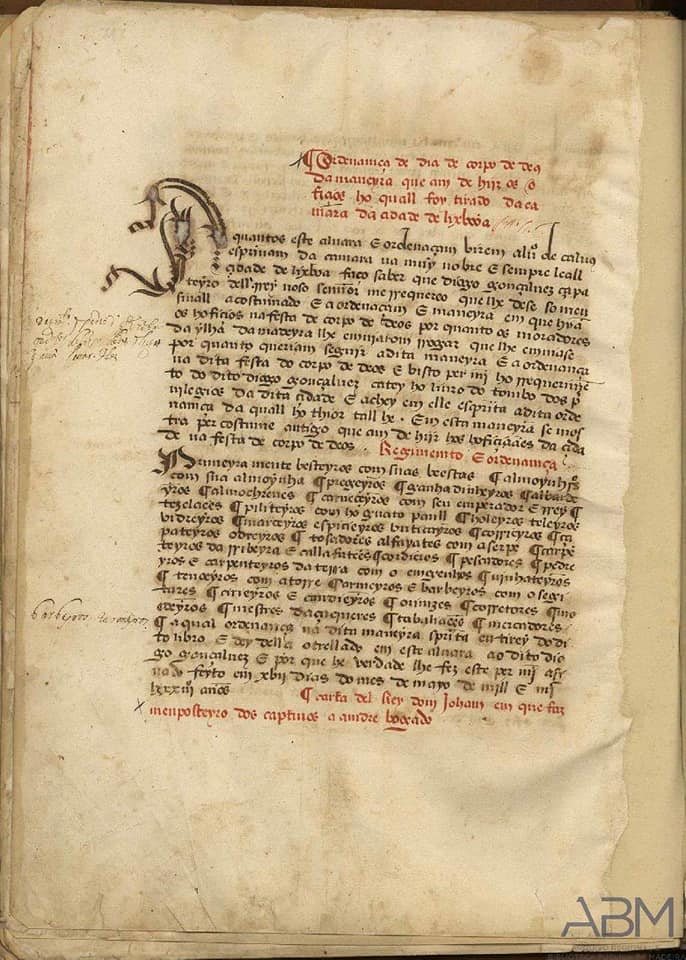
Foto 01 – «Ordenança do dia de Corpo de Deus, da maneira que hão-de ir os ofícios, a qual foi tirada da Câmara da cidade de Lisboa» - (17 de Maio de 1483). ABM, CMF, L.º 1395, f. 19 v.º.
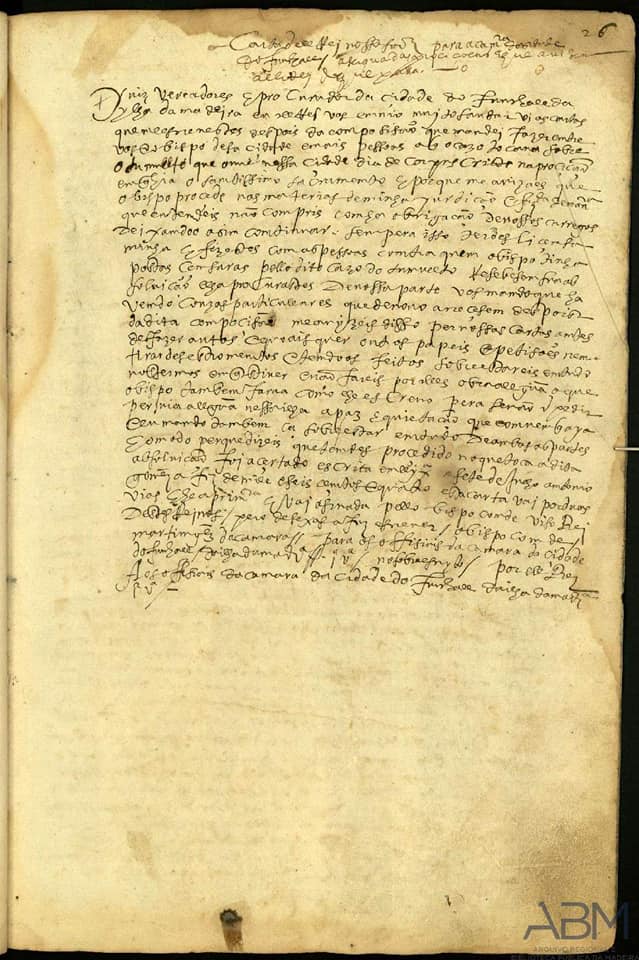
Foto 02 – «Carta Régia» – Lisboa (7 de Julho de 1604) – ABM, Câmara Municipal do Funchal, L.º 1214.
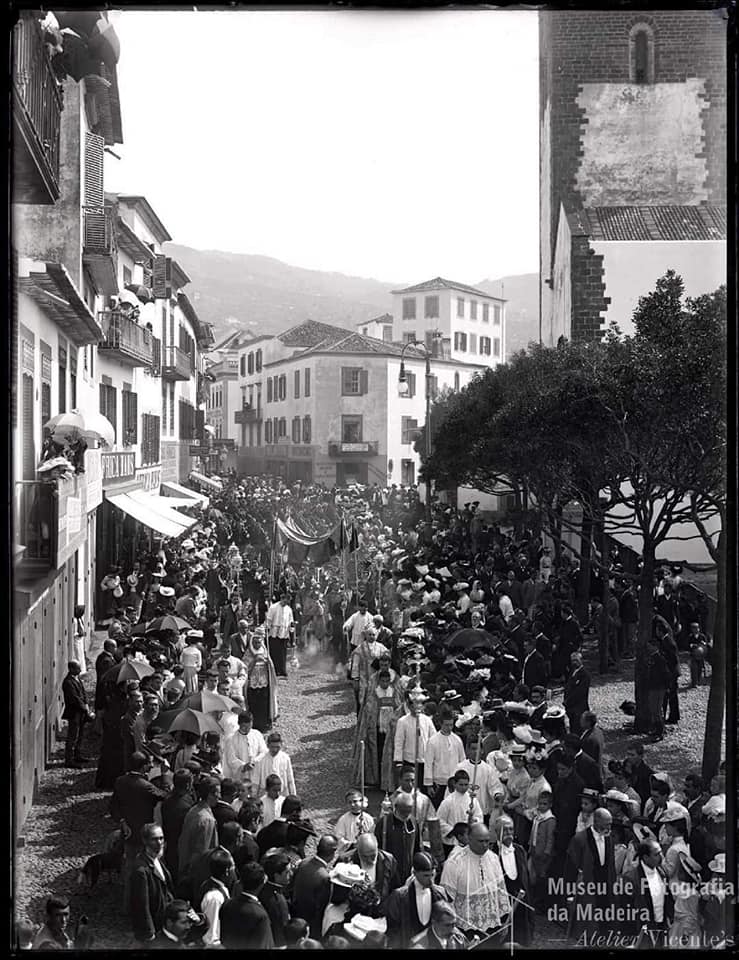
Foto 3 – Procissão do «Corpo de Deus» - 1901-1905 – Bispo D. Manuel Agostinho Barreto, debaixo do pálio e fiéis. Fotografia: Museu de Fotografia da Madeira – Atelier Vicente´s. MFM-AV – inv. JAS/197.
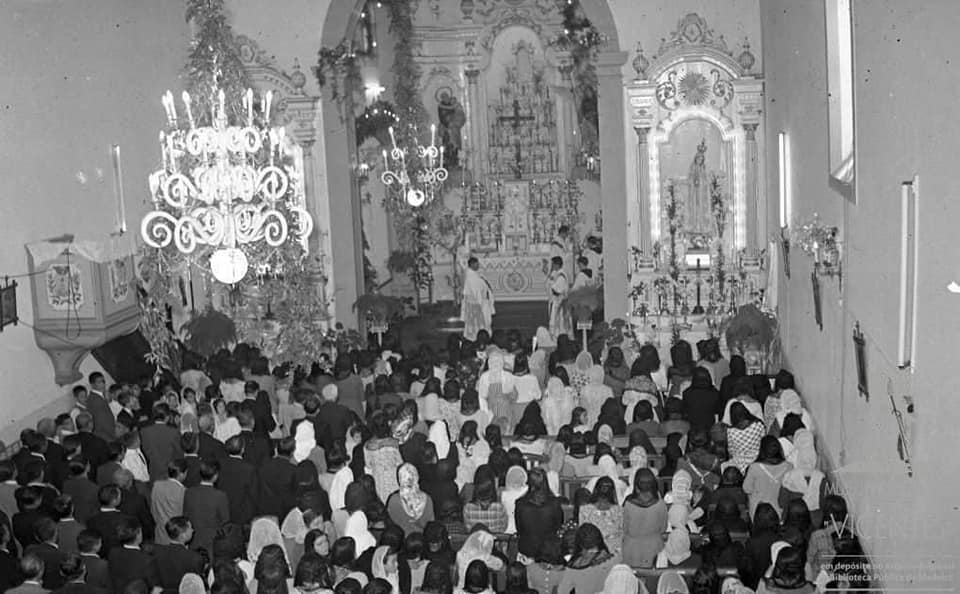
Foto 04 – Missa do «Corpo de Deus» - Capela de Casa de Saúde de São João de Deus (Trapiche). 11 de Junho 1956. Fotografia: Museu de Fotografia da Madeira – Atelier Vicente´s. MFM-AV – inv. VIC/10001
.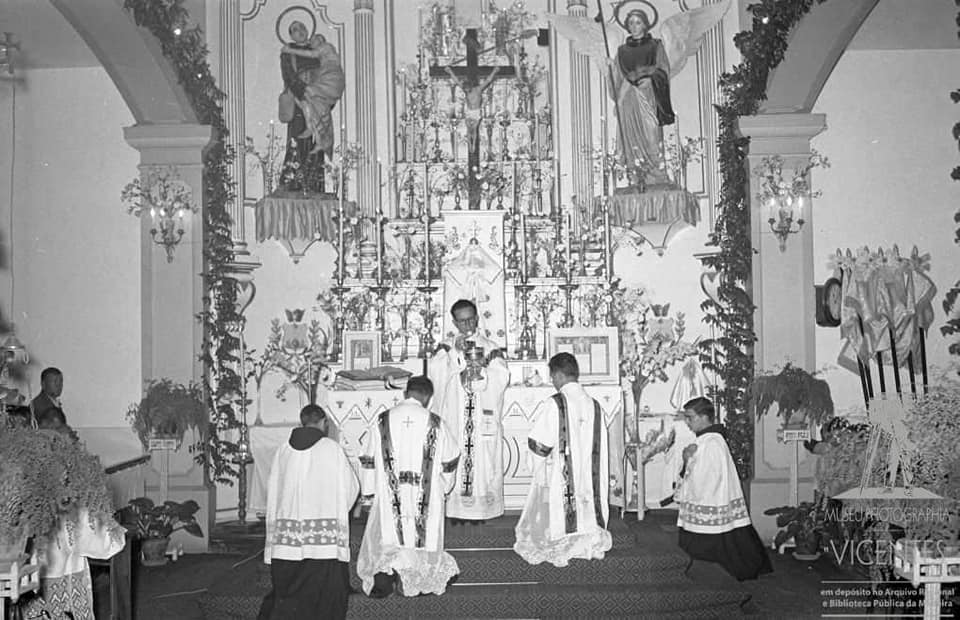
Foto 05 - Missa do «Corpo de Deus» - Capela de Casa de Saúde de São João de Deus (Trapiche). 11 de Junho 1956. Fotografia: Museu de Fotografia da Madeira – Atelier Vicente´s. MFM-AV – inv. VIC/10000
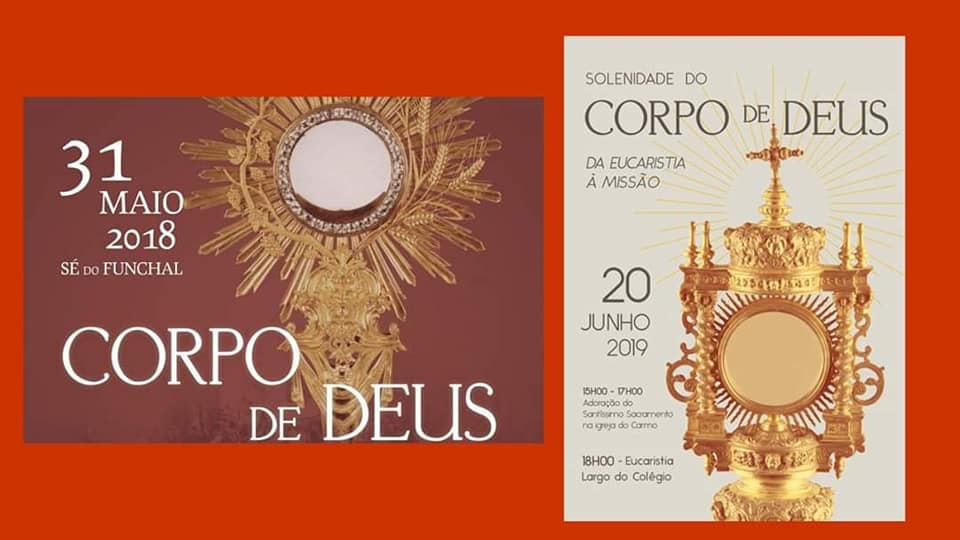
Foto 06 – Cartazes - «Corpo de Deus» - Diocese do Funchal (2018 e 2019)
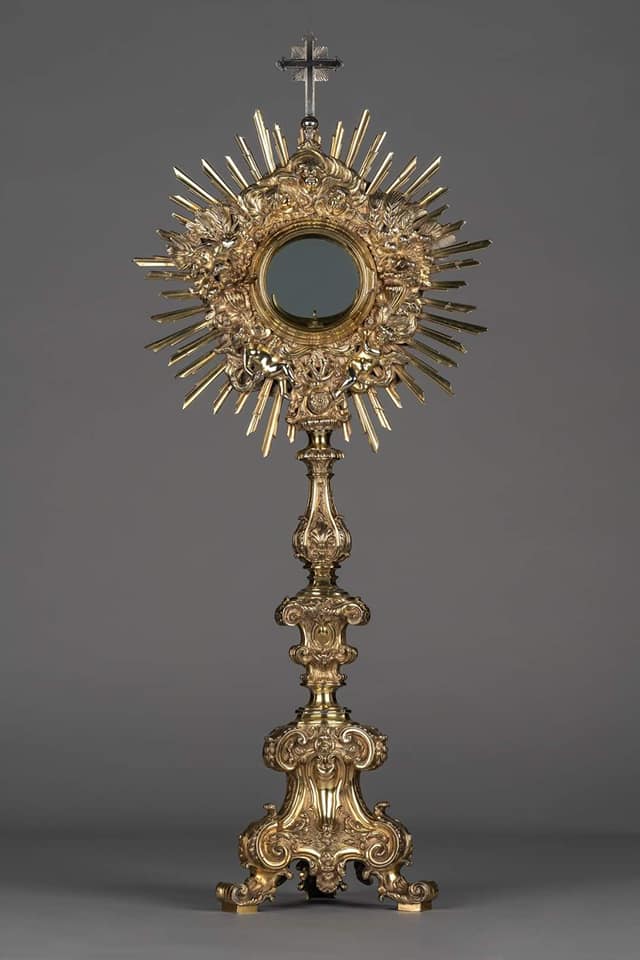
Foto 07 – «Custódia» – Igreja de Machico. Foto: DRC/RFP.

Foto 8 – Bispo sob Pálio e passando sobre tapetes de flores. Sé do Funchal. Fotos: Funchal Notícias (30.05.2018).

